The Stained Glass Wonders of Medak Cathedral: A Journey Through Art and Faith
Nestled in the heart of Medak, the Medak Church Cathedral stands as a magnificent testament to artistry and spirituality, drawing visitors from all walks of life. Among its most captivating features are three unique stained-glass windows, each a remarkable work of art that tells profound stories of faith, hope, and salvation.
DRS Chaitanya
10/31/20246 min read
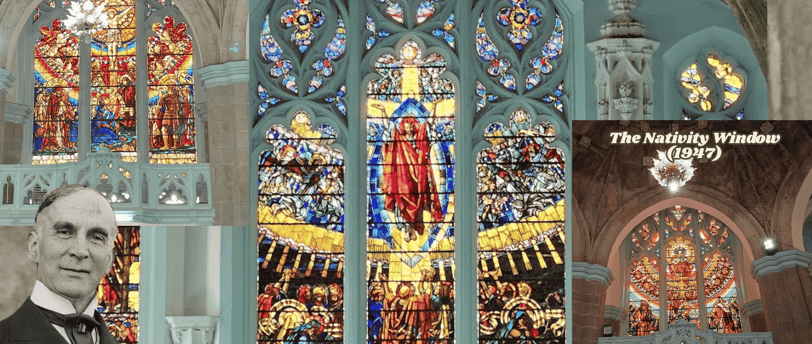

The Stained Glass Wonders of Medak Cathedral: A Journey Through Art and Faith
Nestled in the heart of Medak, the Cathedral stands as a magnificent testament to artistry and spirituality, drawing visitors from all walks of life. Among its most captivating features are three unique stained glass windows, each a remarkable work of art that tells profound stories of faith, hope, and salvation.
The Artist Behind the Masterpieces
These stunning stained glass windows were created by the world-renowned artist Sir Frank O. Salisbury (1874–1962), an English painter celebrated for his portraits and historical scenes. Salisbury was a Methodist who took his faith seriously and always considered his gifts to be God given. He manifested the Protestant work ethic and the Non-Conformist conscience. Throughout his illustrious career, Salisbury garnered acclaim on both sides of the Atlantic, earning the affectionate title “Britain’s Painter Laureate.” He painted notable figures such as President Woodrow Wilson, Winston Churchill, and Queen Elizabeth II. The windows at Medak Cathedral were installed by Katta Jeevaiah, who helped bring Salisbury’s artistic vision to life.
A Kaleidoscope of Visitors
Every day, the Cathedral attracts a diverse array of visitors: literates and illiterates, artists and artisans, military personnel and civilians, and admirers of art from all nationalities, castes, and creeds. Whether in small groups or large crowds, tourists often pause in their travels to admire the Cathedral's beauty. The stained glass windows proclaim a resounding message of salvation, inviting contemplation and reflection from all who enter.
The Ascension Window (Altar, 1927):
The first window, known as the Ascension Window, captures the moment of Christ’s ascension to heaven. It is prominently displayed on the northern wall above the sanctum sanctorum and becomes particularly breathtaking when illuminated by sunlight. This window depicts Christ ascending with His hands stretched out, surrounded by angelic figures and children praising God.
Key Features of the Ascension Window:
Scriptural Verses: Surrounding the central image are verses from the Book of Psalms. For example, Psalms 103:11 states, “As the heavens are higher than the earth, so is His grace towards those who fear Him,” while Psalms 103:12 echoes the theme of divine forgiveness: “As far as the east is from the west, He has removed transgressors from us.”
Disciples' Awe: The disciples are depicted gazing upwards at the ascended Christ, illuminated by rays of sunlight. This reflects the promise found in John 14:19: “But if ye see me, because I live, ye shall live also.”
Mary’s Humility: On the left side, the figure of Mary, the mother of Christ, is portrayed alongside the words, “Blessed are the humble in spirit, theirs is the kingdom of heaven” (Matthew 5:3).
Symbolism of an Indian Woman: On the right side, an Indian woman is depicted, signifying universal inclusion, with the inscription “Blessed are the pure in heart, they shall see God” (Matthew 5:8).
I.H.S. Inscription: Above Christ’s head, the Greek letters I.H.S. signify “Jesus Hominum Salvator,” meaning “Jesus, Savior of Men.”
Crown of Thorns and Golden Rays: The window features a crown of thorns, symbolizing sacrifice, intertwined with blooming rose blossoms. Golden rays emanate from the window, representing the light of Christ leading the faithful towards salvation.
The smaller windows flanking the main window reinforce themes of redemption, showcasing angels holding crucifixes and messages of eternal life, as derived from Romans 6:23.
The Nativity Window (Right Side, 1947):
In 1947, the Nativity Window, also known as “Divine Manifestation,” was installed on the eastern side of the Cathedral. This piece is dedicated to the women of Dornakal and Medak, honoring those who served selflessly in the community.
Key Features of the Nativity Window:
Mother Mary’s Reverence: The window beautifully depicts Mother Mary bending down in humility, gazing lovingly at her infant son, Jesus.
Shepherds and Wise Men: To the left, shepherds are illustrated, representing the humble first visitors to the newborn Christ. To the right, three wise men are shown, bearing gifts of gold, myrrh, and incense, reflecting the fulfillment of prophecy.
Central Star: A radiant star shines above, symbolizing divine guidance and the fulfillment of God’s promise to humanity.
Symbolic Elements: The window incorporates a rainbow, a dove symbolizing the Holy Spirit, and an Easter lily representing the resurrection. These symbols are strategically placed, enhancing the narrative of hope and divine love.
Song of Praise: Inscribed within the window is a song dedicated to Mother Mary, celebrating her role and reverence among believers.
The Crucifixion Window (Left Side, 1958):
Pictue-The Crucifixion stained glass panel on the western side of the church has words in Hindi: ‘Yehudion ka Raja’. It was installed in 1958
The third window, depicting the Crucifixion, was installed in 1958, shortly after the passing of Posnett Dora, a significant figure in the Cathedral’s history. This window, consecrated by Past Presidents of the Methodist Conference in England, is a powerful portrayal of Christ on the cross.
Key Features of the Crucifixion Window:
Central Image: At the heart of the window is the poignant depiction of Jesus hanging on the cross. Above Him, the inscription “King of the Jews” serves as a reminder of His kingship and sacrifice.
Mother and Beloved Disciple: Below, Mary, the mother of Jesus, is shown weeping, comforted by John, the beloved disciple. This intimate moment captures the depth of their sorrow and love.
Witnesses of Faith: The lower part of the window features figures of a man, woman, and child standing in reverent sorrow, embodying the message that “He died for us, that we might live.”
Mary Magdalene’s Devotion: In the right panel, Mary Magdalene kneels in prayerful devotion, while another Mary stands mournfully by the cross. Their presence signifies the unwavering love of Christ’s followers.
Divine Revelation: A centurion, depicted in awe, proclaims, “This is indeed the Son of God,” highlighting the transformative power of the crucifixion.
Dove of Peace: A dove, symbolizing peace, alights on the cross, linking the themes of baptism and sacrifice. Beneath this image, the Telugu inscription reads, “When I am lifted up, I will draw many to you,” encapsulating the window's essence.
An Interesting Story on the Erection of the Crucifixion Window (Left Side, 1958):
Sir Frank O. Salisbury had a strong desire to attend the installation of the third stained glass window in Medak in 1958. However, medical advice discouraged him from making the trip due to his advanced age of nearly 80 years.
For a time, the Bishop and other officers in the Diocese faced considerable embarrassment when they learned that the customs duty on the Crucifixion Window was exorbitant. This nearly led them to abandon hope of bringing it into the country, as the stained glass was classified as a "luxury good."
Sir Frank Salisbury, displaying his characteristic ingenuity, invited Mrs. Vijayalaxmi Pandit, the High Commissioner in London at the time, to his studio. He showcased the exquisite work of art to her, hoping she would recognize its exceptional beauty and appreciate its significance beyond the prejudice of religious discrimination. Ms. Pandit played a vital role in facilitating the window’s transport to Medak.
The stained glass windows of Medak Cathedral are not merely artistic marvels; they are rich narratives of faith that resonate with visitors from all backgrounds. Each window invites contemplation on profound spiritual themes, offering a unique opportunity to reflect on the intersection of art and spirituality.
Whether you are a devoted believer or a curious traveler, a visit to Medak Cathedral promises a journey through vibrant colors and meaningful stories, making it a truly unforgettable experience. The artistry, combined with the deep spiritual messages, ensures that the Cathedral remains a beacon of hope and inspiration for generations to come.
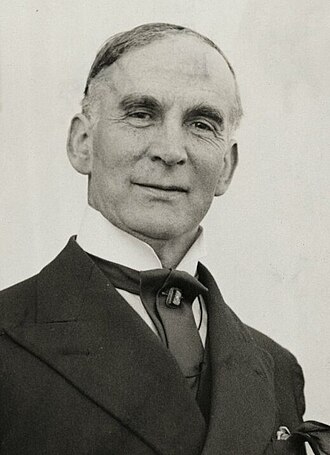

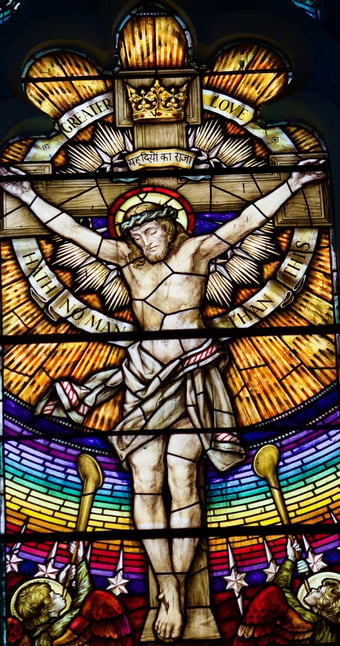

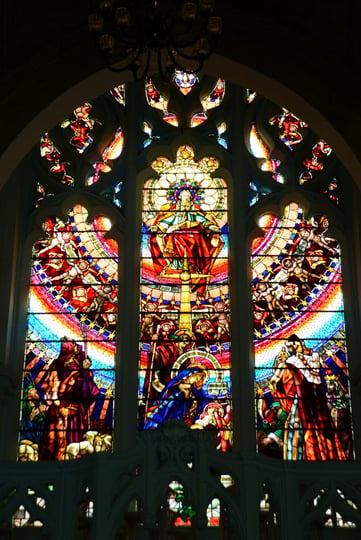

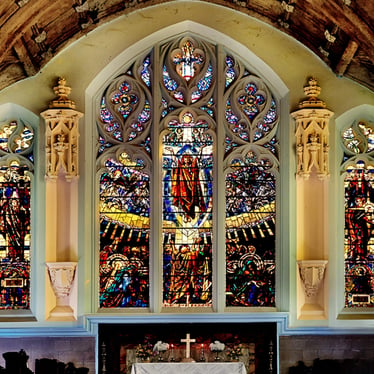

Explore
Discover the history and beauty of Medak Church.
for any suggestions/feedback
Connect
cathedralmedak@gmail.com
© 2024. All rights reserved. www.MedakChurch.com


